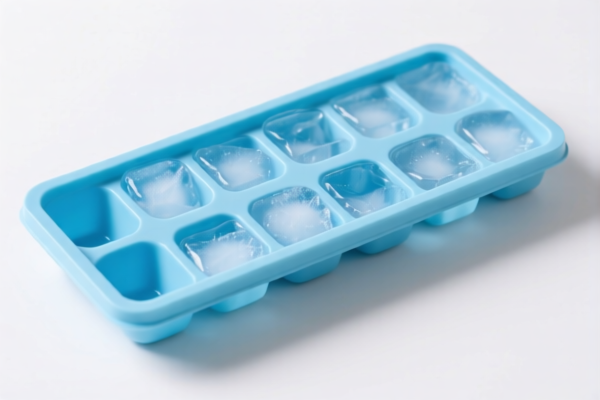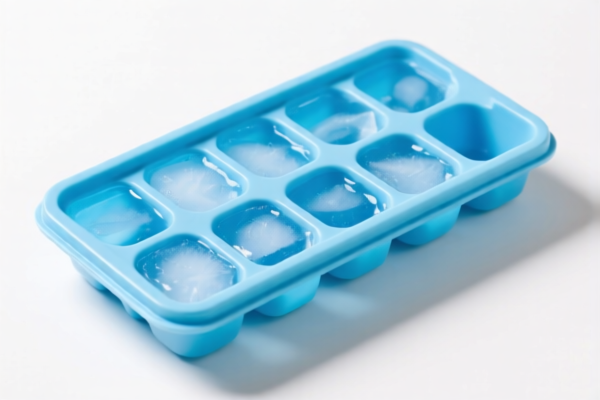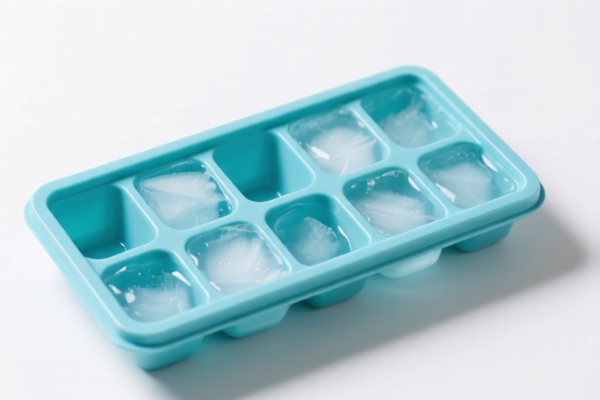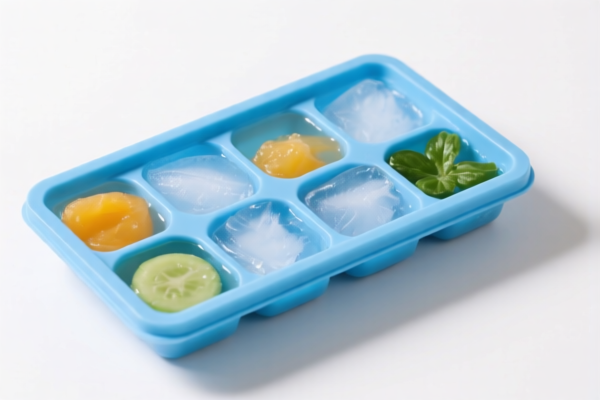| HS Code | Official Doc | Tariff Rate | Origin | Destination | Effective Date |
|---|---|---|---|---|---|
| 3924103000 | Doc | 42.8% | CN | US | 2025-05-12 |
| 7323999030 | Doc | 83.4% | CN | US | 2025-05-12 |
| 9617006000 | Doc | 37.2% | CN | US | 2025-05-12 |




Okay, let's break down the HS codes and tax implications for your "ICE CUBE TRAY" declaration. Here's a structured analysis to help you understand the classification and potential costs:
Understanding HS Codes – A Quick Primer
HS codes (Harmonized System codes) are internationally standardized codes used to classify traded products. The first 6 digits are generally consistent worldwide, while additional digits can vary by country. Here's how to interpret them:
- Chapter (First 2 digits): Broad category of the product.
- Heading (First 4 digits): More specific grouping within the chapter.
- Subheading (First 6 digits): Even more detailed classification.
- Additional Digits: Country-specific for further refinement.
Analysis of Your HS Codes
You have three HS codes associated with your declaration, which suggests potential variations in material or component. Let's examine each one:
1. HS Code: 3924.10.30.00 – Tableware, kitchenware, other household articles and hygienic or toilet articles, of plastics: Tableware and kitchenware: Trays
- 39: Plastics and articles thereof (Chapter) – This indicates the tray is made of plastic.
- 24: Plastics and articles thereof
- 10: Tableware and kitchenware
- 30: Trays
- Tax Implications:
- Basic Duty: 5.3%
- Additional Duty (Currently): 7.5%
- Additional Duty (After April 2, 2025): 30%
- Total Tax: 42.8%
- Note: This code is suitable for ice cube trays specifically made of plastic.
2. HS Code: 7323.99.90.30 – Table, kitchen or other household articles and parts thereof, of iron or steel; iron or steel wool; pot scourers and scouring or polishing pads, gloves and the like, of iron or steel: Other: Other: Not coated or plated with precious metal: Other: Other Kitchen or tableware suitable for food or drink contact
- 73: Articles of iron or steel
- 23: Table, kitchen or other household articles and parts thereof
- 99: Other
- 90: Other Kitchen or tableware suitable for food or drink contact
- Tax Implications:
- Basic Duty: 3.4%
- Additional Duty (Currently): 25.0%
- Additional Duty (After April 2, 2025): 30% (for steel/aluminum products)
- Total Tax: 83.4%
- Note: This code is for ice cube trays made of iron or steel. The high tax rate reflects the material.
3. HS Code: 9617.00.60.00 – Vacuum flasks and other vacuum vessels, complete; parts thereof other than glass inners: Parts
- 96: Miscellaneous manufactured articles
- 17: Vacuum flasks and other vacuum vessels
- 00: Parts
- 60: Parts
- Tax Implications:
- Basic Duty: 7.2%
- Additional Duty (Currently): 0.0%
- Additional Duty (After April 2, 2025): 30%
- Total Tax: 37.2%
- Note: This code is for parts of vacuum flasks/vessels. It's unlikely to be the primary code for a complete ice cube tray, unless you are importing components to assemble them.
Recommendations & Key Considerations:
- Material Verification: Crucially, confirm the exact material of your ice cube trays. The tax rates differ significantly between plastic, iron/steel, and components.
- Single vs. Multi-Component: If your trays are assembled from multiple materials, you may need to declare them under multiple HS codes.
- Certification: Depending on the intended use (food contact), you may need to provide certifications like FDA or LFGB compliance. Please check the import regulations of your destination country.
- Valuation: Ensure accurate valuation of your goods. Customs will assess duties based on the declared value.
- April 2, 2025 Changes: Be aware of the upcoming changes in additional duties. Factor these into your cost calculations.
- Country-Specific Rules: Import regulations can vary. Always consult the official customs website or a customs broker in your destination country for the most accurate information.
Disclaimer: I am an AI assistant and cannot provide definitive customs advice. This information is for general guidance only. It is essential to consult with a qualified customs broker or relevant authorities for accurate and up-to-date regulations.
Customer Reviews
No reviews yet.